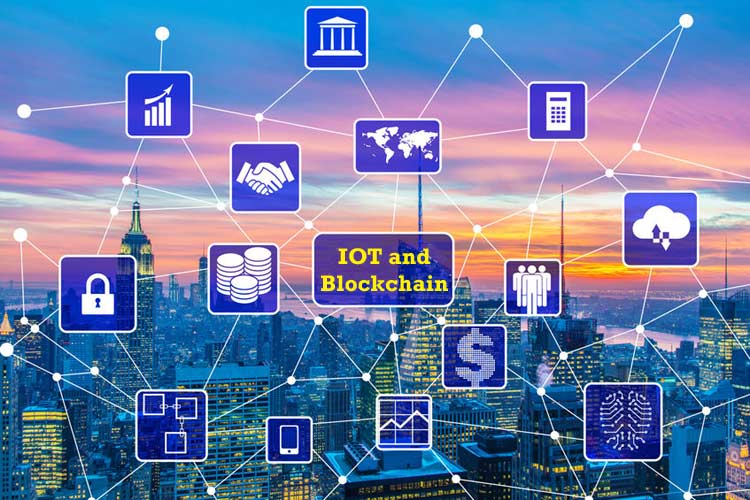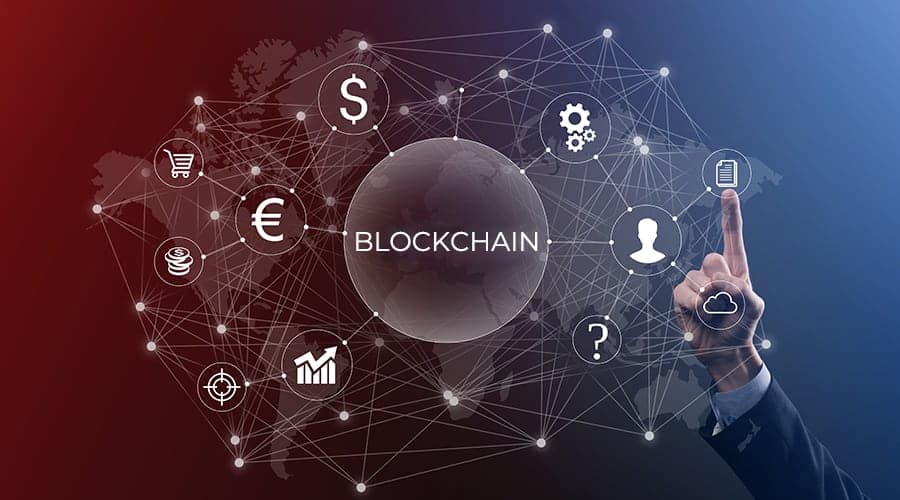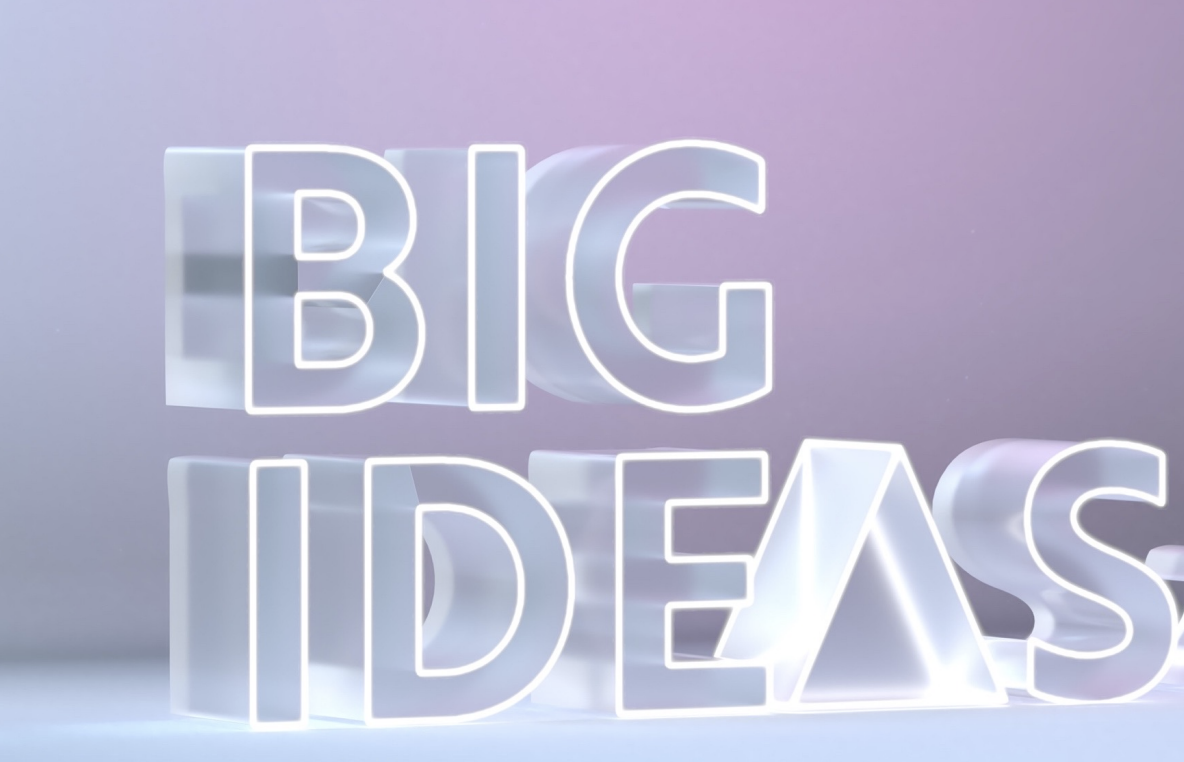The convergence of blockchain technology and the Internet of Things (IoT) holds immense potential for data integration and security. In this article, we explore the challenges of integrating IoT data, the role of blockchain in addressing these challenges, and how the combination of blockchain and IoT enhances data security.
The Intersection of Blockchain and the Internet of Things (IoT)
The IoT refers to the network of interconnected devices that collect and exchange data. Blockchain, on the other hand, is a decentralized and immutable ledger technology. When combined, blockchain and IoT enable secure and transparent data sharing, automation, and enhanced trust among connected devices.
Data Integration Challenges in IoT
Heterogeneity and Interoperability
IoT devices often operate on different protocols and standards, making it challenging to integrate and exchange data seamlessly. Interoperability barriers hinder efficient data flow and limit the potential of IoT applications.
Data Integrity and Trust
With numerous data sources and intermediaries in the IoT ecosystem, ensuring data integrity and trustworthiness becomes crucial. Centralized systems are susceptible to tampering, data breaches, and unauthorized access, raising concerns about the accuracy and reliability of IoT data.
Scalability and Performance
As the number of connected devices increases, traditional centralized systems struggle to handle the sheer volume and velocity of data generated by IoT devices. Scaling centralized architectures to accommodate IoT data can result in latency, bottlenecks, and reduced system performance.
How Blockchain Addresses IoT Data Integration Challenges

Immutable and Transparent Data Storage
Blockchain’s decentralized and immutable nature provides a tamper-proof and transparent platform for storing IoT data. Each data transaction is cryptographically linked and recorded in a transparent and auditable manner, ensuring data integrity and trust.
Decentralization and Trust
Blockchain’s decentralized architecture eliminates the need for intermediaries in IoT data exchange, reducing the risk of single points of failure and enhancing trust among IoT devices. All participants in the blockchain network can verify and validate data transactions, ensuring transparency and authenticity.
Smart Contracts for Automation and Security
Smart contracts, self-executing agreements encoded on the blockchain, enable automation, security, and conditional data sharing in IoT. These contracts can automate data exchange, enforce predefined rules, and facilitate secure interactions between IoT devices without relying on intermediaries.
Enhancing IoT Data Security with Blockchain
Securing Data Integrity
Blockchain ensures the integrity of IoT data by providing an immutable record of all data transactions. Once data is recorded on the blockchain, it cannot be altered or tampered with, maintaining the accuracy and trustworthiness of IoT data.
Authentication and Access Control
Blockchain-based identity management solutions can strengthen IoT data security by providing secure and decentralized authentication mechanisms. IoT devices can securely authenticate and communicate with each other, reducing the risk of unauthorized access or malicious attacks.
Immutable Audit Trails
Blockchain’s transparent and auditable nature enables the creation of immutable audit trails for IoT data. Every data transaction and interaction is recorded on the blockchain, facilitating traceability and accountability, and simplifying the process of identifying potential security breaches or anomalies.
Use Cases of Blockchain and IoT Integration
Supply Chain Management
Integrating blockchain and IoT in supply chain management enhances transparency, traceability, and efficiency. IoT devices can provide real-time data on goods’ location, temperature, and conditions, while blockchain ensures secure and transparent tracking of the supply chain, reducing counterfeiting, enhancing trust, and optimizing logistics.
Smart Home Automation
Blockchain and IoT integration in smart homes enables secure and automated control of various devices. Blockchain provides a trusted platform for managing IoT devices’ identities, data, and access permissions, enhancing privacy, security, and interoperability within the smart home ecosystem.
Industrial IoT and Predictive Maintenance
Blockchain and IoT integration in industrial settings enables real-time monitoring, predictive maintenance, and secure sharing of machine-generated data. Blockchain ensures data integrity, facilitates data monetization, and enables secure data sharing between stakeholders, enhancing operational efficiency and reducing downtime.
Considerations and Challenges in Blockchain-IoT Integration
Resource Constraints and Energy Efficiency
IoT devices often operate with limited resources such as computing power and energy. Efficient integration of blockchain with resource-constrained IoT devices requires optimization techniques and energy-efficient consensus mechanisms to minimize resource consumption.
Standardization and Interoperability
Achieving standardization and interoperability across diverse IoT devices, protocols, and blockchain networks is crucial. Collaborative efforts among industry players, standardization bodies, and consortiums are necessary to establish common protocols and frameworks for seamless integration.
Privacy and Regulatory Compliance
Integrating blockchain and IoT raises privacy concerns, especially with sensitive data collected by IoT devices. Adhering to data protection regulations, implementing privacy-enhancing technologies, and ensuring user consent are essential to maintain privacy and regulatory compliance.
Future Outlook and Collaborative Efforts
Advancements in Consensus Mechanisms
Ongoing research and development in consensus mechanisms, such as proof-of-stake (PoS) and sharding, aim to address scalability and energy efficiency challenges in blockchain-IoT integration. These advancements will enable the seamless integration of large-scale IoT networks with blockchain technology.
Hybrid Solutions and Layered Architectures
Hybrid solutions combining both centralized and decentralized components, as well as layered architectures, offer flexibility and efficiency in blockchain-IoT integration. By leveraging the strengths of different technologies, these approaches can overcome limitations and enhance the overall performance and scalability of IoT systems.
Data Ownership and Monetization in IoT
- Blockchain enables individuals and organizations to have ownership and control over their IoT-generated data. Pointers to explore include:
- Empowering individuals to grant permission and control access to their data.
- Facilitating data monetization opportunities through secure and transparent transactions.
- Enabling the creation of data marketplaces where IoT data can be bought and sold securely.
Interoperability and Standardization in IoT and Blockchain Integration
- The integration of blockchain and IoT requires interoperability and standardization to ensure seamless data exchange and communication. Pointers to discuss include:
- Collaborative efforts to establish common protocols and standards for blockchain and IoT integration.
- Developing interoperability frameworks to enable the interaction of diverse IoT devices and blockchain networks.
- Promoting open-source initiatives and consortiums to drive interoperability and standardization in the field.
Edge Computing and Blockchain in IoT
- Edge computing brings data processing and storage closer to the source in IoT, enhancing efficiency and reducing latency. Pointers to consider include:
- Exploring how blockchain can complement edge computing by providing secure and decentralized transaction verification.
- Utilizing edge devices as blockchain nodes to facilitate faster data validation and consensus.
- Discussing the benefits of combining edge computing and blockchain for improved scalability, privacy, and real-time decision-making in IoT.
Blockchain for Secure Firmware Updates in IoT
- Ensuring the integrity and security of firmware updates is critical in IoT deployments. Pointers to explore include:
- How blockchain can enhance the trustworthiness and traceability of firmware updates.
- Leveraging blockchain’s immutability to ensure that firmware updates are tamper-proof and authentic.
- Discussing the use of smart contracts for secure and automated firmware update processes in IoT devices.
Enhancing IoT Device Identity and Authentication with Blockchain
- IoT device identity and authentication are crucial for maintaining secure and trusted interactions. Pointers to discuss include:
- Utilizing blockchain to establish a decentralized and tamper-proof identity management system for IoT devices.
- Exploring the use of public-private key pairs and digital signatures to authenticate IoT device identity.
- Discussing the benefits of blockchain in preventing unauthorized access, device spoofing, and malicious attacks.
Blockchain for Data Integrity in IoT
- Discuss how blockchain technology can ensure data integrity in IoT applications:
- Explore how blockchain’s decentralized and tamper-proof nature guarantees the integrity of data collected from IoT devices.
- Highlight the use of cryptographic techniques to secure data transmitted between IoT devices and the blockchain.
- Explain how blockchain eliminates the risk of data manipulation, ensuring that the recorded data remains accurate and trustworthy.
Blockchain for Trust and Transparency in IoT
- Emphasize the role of blockchain in fostering trust and transparency in IoT ecosystems:
- Discuss how blockchain’s transparent and auditable nature enhances trust among participants in IoT networks.
- Highlight the benefits of providing a shared and immutable record of data transactions, ensuring transparency and accountability.
- Explain how blockchain enables stakeholders to verify and validate the integrity of IoT data, fostering trust in the ecosystem.
Decentralized Data Marketplaces in IoT
- Explore the concept of decentralized data marketplaces facilitated by blockchain in the context of IoT:
- Discuss how blockchain allows IoT data to be securely shared and monetized in peer-to-peer marketplaces.
- Explain the benefits of eliminating intermediaries and enabling direct data transactions between data providers and consumers.
- Highlight the use of smart contracts for automated and transparent transactions, ensuring fairness and trust in data marketplaces.
Blockchain-based Access Control and Privacy in IoT
- Discuss how blockchain can enhance access control and privacy in IoT environments:
- Explain how blockchain’s decentralized identity management systems enable secure and granular access control for IoT devices and data.
- Explore the use of blockchain for preserving user privacy and allowing individuals to have control over their personal data generated by IoT devices.
- Highlight the benefits of blockchain-based consent management mechanisms, where users can explicitly grant or revoke access to their IoT data.
Energy Efficiency in Blockchain-IoT Integration
- Address the energy efficiency challenges associated with integrating blockchain and IoT:
- Discuss energy-efficient consensus mechanisms such as proof-of-stake (PoS) and proof-of-authority (PoA) in the context of blockchain for IoT.
- Highlight techniques for optimizing energy consumption in IoT devices participating in blockchain networks.
- Explore research and innovations focused on minimizing the energy footprint of blockchain-IoT systems.
Conclusion
The integration of blockchain and IoT presents an opportunity to address data integration challenges and enhance data security in IoT ecosystems. Blockchain’s decentralized and transparent nature, coupled with smart contracts and strong security features, contributes to the integrity, trustworthiness, and efficiency of IoT data management. While challenges exist, collaborative efforts, advancements in consensus mechanisms, and standardization initiatives pave the way for a future where blockchain and IoT seamlessly converge.




